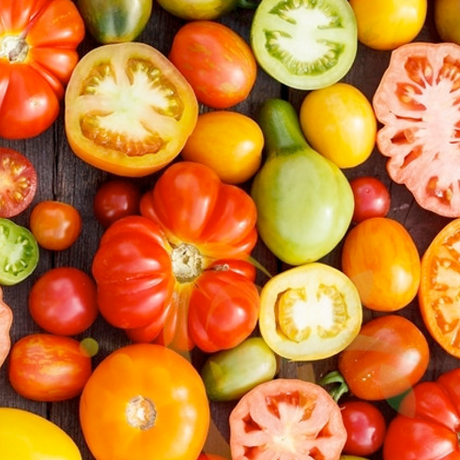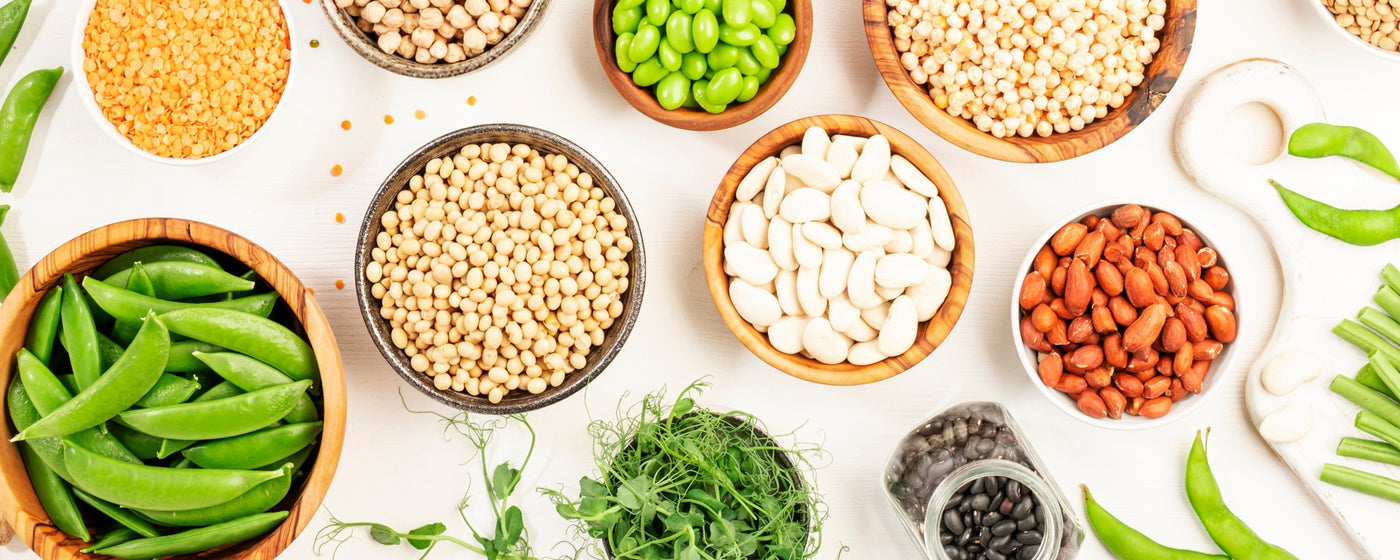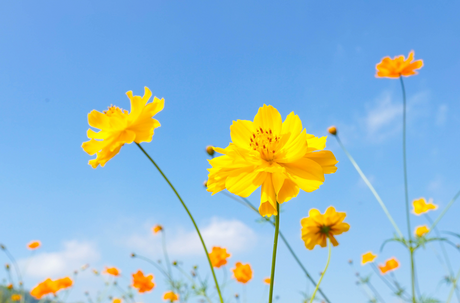Depth to Plant
|
Spacing Between Plants |
Spacing Between Rows |
Germination
|
|
| 3-4 inches deep |
Space seed potatoes about 10" - 14" apart |
Make rows about 24" apart |
55F - 70F |
How to Prepare Your Potato Seeds:
When examining them, chitting, cutting or planting, leave the sprouts on. If you break sprouts off you will delay emergence of the vines; and, you will greatly increase the number of vines that finally do emerge from each potato, greatly reducing the ultimate size of the potatoes you will harvest. All tubers the size of a hen's egg (1-3 ounces), may be planted whole. Ones this size are highly desirable. When cutting larger potatoes into smaller, plantable sizes, each piece should weigh at least 2-4 ounces and must contain two or more strong eyes. Most people cut up larger potatoes into pieces immediately before planting, using a clean, sharp knife. Seed may be allowed to "heal over" for a day prior to planting, but must not be allowed to dry out. Spread the cut pieces out on a table in the shade or one layer deep in a shallow box. Do not put in direct sunlight because this will weaken them.

How to Prepare the Soil for Planting your Potato Seeds:
The ideal potato soil is deep, light and loose, a well-drained but moisture retentive loam. Most potato varieties are very aggressive rooting plants, and are able to take full advantage of such soil. In ideal soil, potatoes can make incredible yields. Fortunately, the potato is also very adaptable and will usually produce quite well even where soil conditions are less than perfect. Potatoes do best in soil with a pH ranging from 5.2-6.8. Alkaline soil will tend to make many varieties get scabby. If using compost that is not very "strong," we recommend supplementing it with fertilizer, but not too much. Potatoes given too much nitrogen grow lots of leafy vines but won’t produce very many tubers.
Planting your Potato Seeds:
Wondering if your potatoes can handle a frost? The answer might surprise you!
Planting just 1 to 3 inches below the soil can protect your seed potatoes from frost damage even during a HARD freeze. Protect your potato plants if you get a late start in the season with a hoop house or floating row cover to protect it from prolonged cold and wet weather.
Optimum soil temperature for good growth ranges from 55 deg. F. to 70 deg. F. A small planting of the earliest early potatoes may be attempted by planting 6-8 weeks before the last frost date. The width between rows and overall plant spacing is determined by the size of your garden, however, gardeners can get by with as little as 2 feet between rows. Whatever your row spacing, dig a shallow trench about 6-8 inches deep. Plant the seed pieces 10-14 inches apart in this trench. Using a rake, cover the seed with 3-4 inches of soil-do not fill the trench completely.
Hilling:
Sprouts will emerge in about two weeks, depending on the soil temperature. When the stems are about 8 inches high, gently hill the vines up with soil scraped from both sides of the row with a hoe. Leave about half of the vine exposed. Hilling puts the root system deeper where the soil is cooler while the just scraped-up soil creates a light fluffy medium for the tubers to develop into. All tubers will form between the seed piece and the surface of the soil. Another hilling will be needed in another 2-3 weeks and yet another as well, 2 weeks after the second. On subsequent hilling, add only an inch or two of soil to the hill, but make sure there is enough soil atop the forming potatoes that they don't push out of the hill and get exposed to light.
Harvesting your Potatoes:
Normally, seven or eight weeks after planting, the earliest varieties are blossoming. This signifies that early potatoes may be ready, so gently poke into a potato hill by hand to see what you can find while making as little disturbance as possible. The ideal time to harvest is when the vines are dead. It is best to wait until heavy frosts kill the tops off or, if your tubers are fully-sized up but no frost is in sight, you can mow the tops or cut them off by hand with a sickle. But if you can wait for the tops to die back naturally, your harvest will be a little bigger and your potatoes just a tad richer. Dryish soil is definitely an advantage when harvesting; the tubers come up a lot cleaner and with much less effort. After the tops are dead, rest the tubers in the ground, undisturbed for two weeks to "cure," while the skins toughen up, protecting the tubers from scuffing and bruising during harvest and storage. Minor injuries in the skin may heal if allowed to dry. It is better to harvest in the cool morning hours.














































